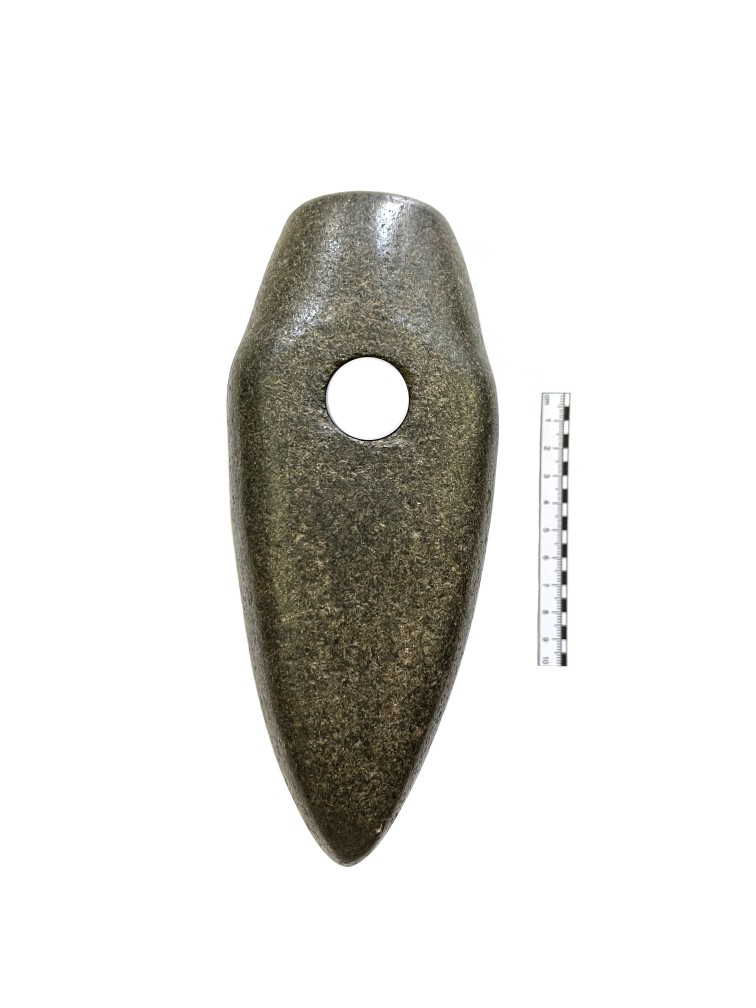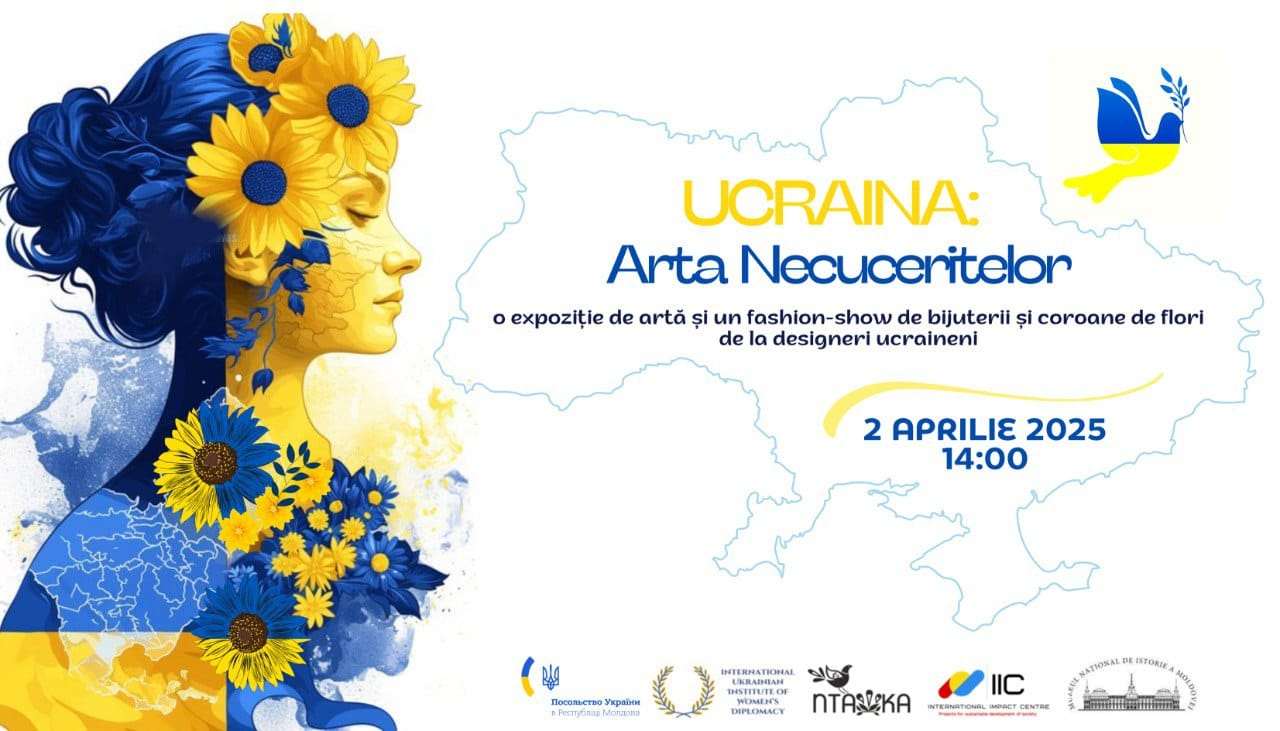  Events Archive Events Archive
Interactive visit for children with hearing disabilities
September 25, 2019
Each year, the museum dedicates the last week of September to supporting the social inclusion of young people with hearing disabilities. On September 25, 30 children from the Professional School no. 11 for children with hearing disabilities, from Chișinău, spent together unforgettable moments at the museum. Even if deafness is a disability that is not visible, young people who have such deficiencies are exposed daily to the risk of not being accepted by society. Most of them had attended special institutions, starting with kindergarten, where they were assisted by professionals of the gestural language. In order to be able to work, most of these persons would need the support of an interpreter of mimicry and gestures. In the Republic of Moldova, only nine specialists in mimicry are authorized for about 5000 people with hearing problems. One of them was invited at the activity organized by the museum to facilitate the children's access to the information displayed in the museum. There is no way of telling exactly what they liked the most, however the children showed great interest during all three hours spent in the museum. First, they were challenged to mold a prehistoric handmade clay vessel, to spark between two stones and to weave using a weaving installation. Being students at a vocational school, they showed great skill in everything, proving that the deed is worth much more than the word. After that, the children gathered together the pieces from a big puzzle, and the big surprise made by the museum was visit of the volunteers of the Color Party, who taught the children to model puppies and flowers from balloons, and painted the visitors on face and hands in their favorite colors. This day brought sunshine to the museum. The happiness of the children is encouraging and motivating us to organize such interactive visits more often, because History makes no difference between its descendants. We hope that such activities will raise public awareness, and spread inclusive practices in other public institutions. The museum always has wide open doors for everyone.
|
 31 August 1989 St., 121 A, MD 2012, Chisinau, Republic of Moldova
31 August 1989 St., 121 A, MD 2012, Chisinau, Republic of Moldova















































